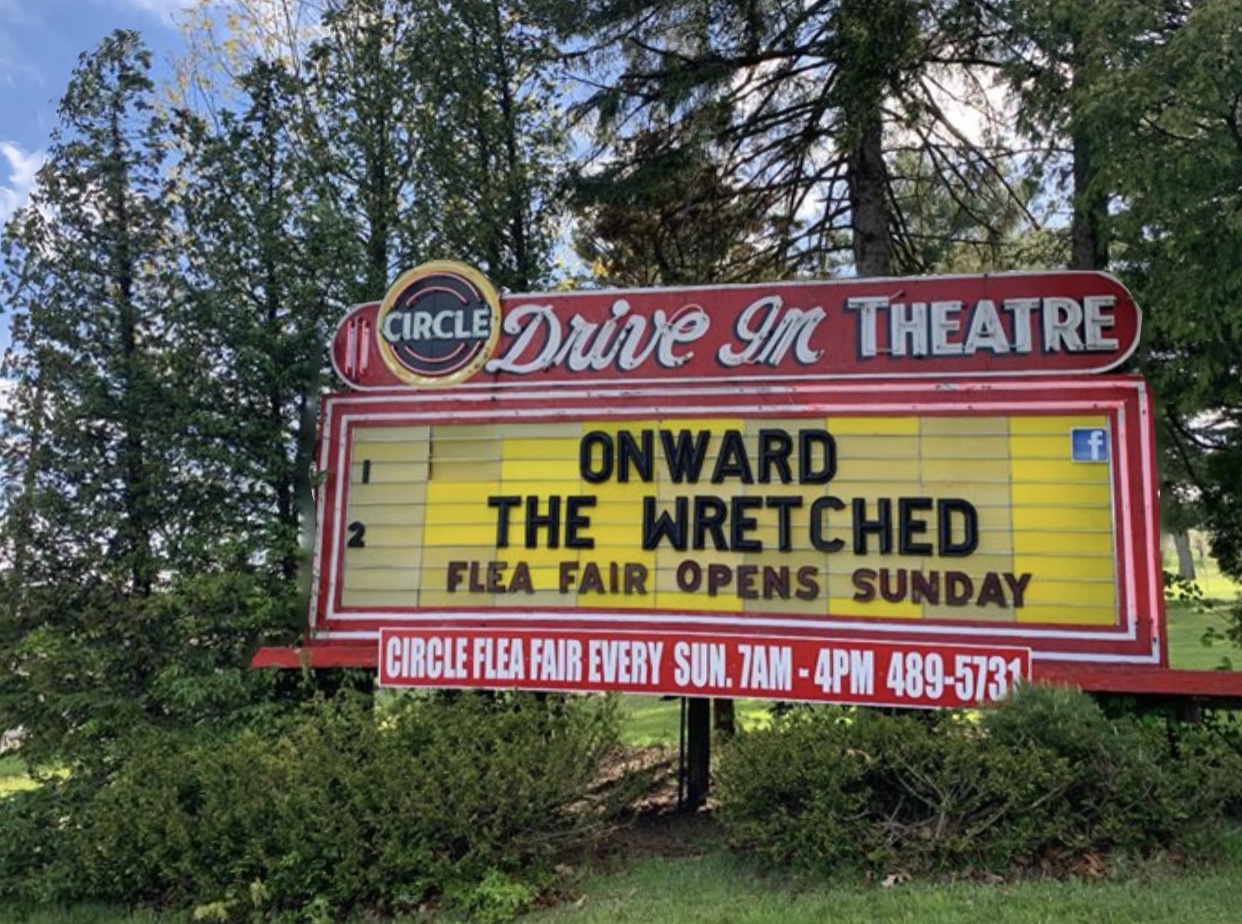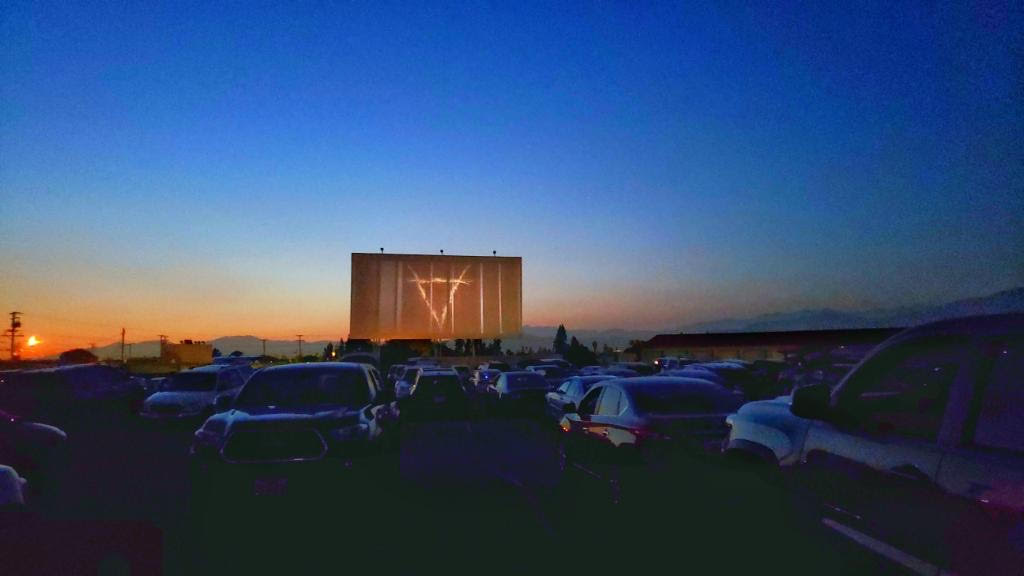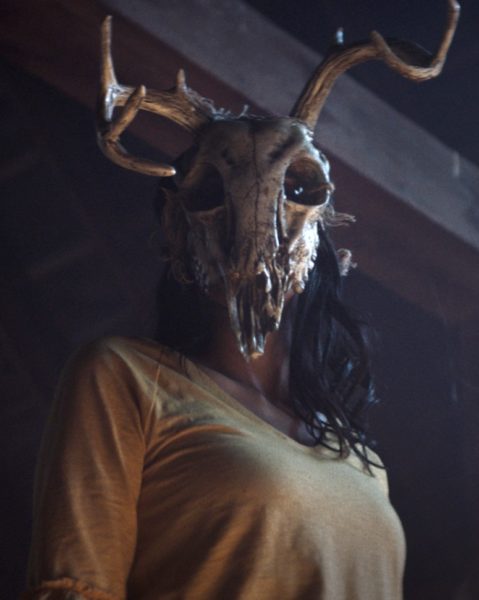In an unprecedented spring season that saw the shuttering of hard top theaters, a release slate emptied of major studio films and an improbable resurgence of drive-ins, an unlikely hit emerged: IFC Films’ The Wretched, a low-budget horror film about a young boy who is terrorized by a thousand-year-old witch. Through the end of its seventh weekend, the creature feature had brought in a cool $1.37 million, mainly from outdoor theaters, making it arguably the first drive-in hit of the modern era.
“Horror films in general have such a long history of being at the drive-in,” Jasper Basch, director of sales and distribution at IFC Films, tells Boxoffice Pro. “This is just a continuation of a tried and true tradition.”
A lack of competition didn’t hurt. When the major studios cleared their theatrical slates during the spring months due to COVID-19, it created a fertile landscape for an indie title like The Wretched to break through. The film’s largely positive critical reception (74% on Rotten Tomatoes) and strong word-of-mouth also played a role in its popularity. “I think a lot of [the success] has to do with the film itself,” Basch adds. “A good movie is always going to find its audience—I’m a true believer about that.”

Needless to say, The Wretched directors Drew and Brett Pierce couldn’t have predicted that their film would be released in the middle of a pandemic—nor that it would lend itself so well to a format they never expected to screen in.
“We didn’t realize that we were making the perfect drive-in movie,” says Drew, who co-directed one previous feature with Brett—the 2011 zombie film Deadheads. By the brothers’ own admission, The Wretched isn’t “arthouse” horror—rather, it’s a fun, old-fashioned creature feature that falls squarely in the tradition of drive-in hits of yore.
“I think drive-ins are associated with escapism and a good time,” says Brett. “Cinemas are there for every type of film, every type of genre, but I think drive-ins specifically imply the popcorn movie that everybody can go see together and have a good time.”
The Pierces do admit to one drawback of the drive-in format: The audio, mixed in 7.1 by sound designer Eliot Connors, gets lost when it’s played over a standard car stereo. But that’s just one downside among many advantages, including the ability for the directors—who have watched the film multiple times at Los Angeles-area drive-ins—to hear the audience’s feedback in real time, just by rolling down their windows.
“We love hearing random people react to the movie,” says Drew, who adds that in pre-COVID times, “usually we [would] go hide out in the bathroom, because that’s where people say what they really think of [the movie].”
For IFC, The Wretched has allowed the independent distributor to forge relationships with drive-in owners that Basch hopes will pay further dividends down the line. “All the [drive-ins] we’re in are new customers to IFC, and we had to build those relationships,” he says, noting that drive-ins typically don’t program new, independent releases.

If nothing else, The Wretched‘s sleeper success proves that even in the bleakest of times, audiences remain hungry for the theatrical experience.
“When the virus started becoming more of an actuality, I think there were a lot of questions as to what the future would look like,” Basch continues. “The thought of grossing a million dollars theatrically, that’s nothing I would have ever been able to predict.”



Share this post